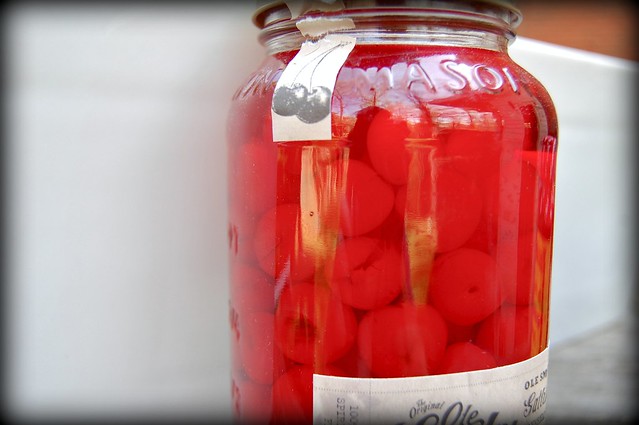With all the awesome new vodka flavors out there (CAKE! WHIPPED CREAM!!! CHOCOLAT RAZBERI!!!!! FLUFFED MARSHMALLOW!!!!!!!!), I’m amazed no one is talking about what surely must be the best friend to any aspiring bottle-juggling-mixologist-in-training. Bitters? No way. Too old school. I’m talking the ultimate flavor enhancer for your cocktail creations. Something that’s smooth and sweet and likely to cause women to swoon in anticipation. Ahh, yeah, break out the Coffee-Mate! What? You’ve never made a Coffee-Mate-ini? If not that, what about sneaking a little bit of vodka or whiskey into your morning Coffee-Mated coffee flavored beverage? No??? Who are you? C’mon, they’ve already got Amaretto and Irish Creme and Eggnog ready to go; you’re halfway there before you even start.
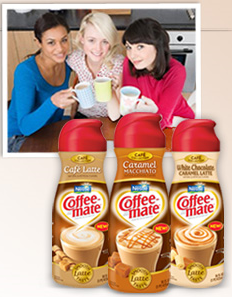 OK, I’ll be honest. I hate the stuff. You will never ever ever find a bottle of Coffee-Mate in my house. The ingredient list is enough to scare the bejeezus out of anyone opposed to consuming large quantities of chemically-modified foodstuffs (actual example: WATER, SUGAR, PARTIALLY HYDROGENATED SOYBEAN AND/OR COTTONSEED OIL, AND LESS THAN 2% OF NATURAL AND ARTIFICIAL FLAVORS, SODIUM CASEINATE (A MILK DERIVATIVE)**, MONO- AND DIGLYCERIDES, DIPOTASSIUM PHOSPHATE, CELLULOSE GEL, CELLULOSE GUM, CARAGEENAN, DEXTROSE). Delicious, right? The whole idea of flavoring your coffee with chemically-enhanced “creamer” is antithetical to the whole notion of enjoying COFFEE. Enough ranting, though, let’s get to the cocktails! (There is an actual cocktail at the end of this rant.)
OK, I’ll be honest. I hate the stuff. You will never ever ever find a bottle of Coffee-Mate in my house. The ingredient list is enough to scare the bejeezus out of anyone opposed to consuming large quantities of chemically-modified foodstuffs (actual example: WATER, SUGAR, PARTIALLY HYDROGENATED SOYBEAN AND/OR COTTONSEED OIL, AND LESS THAN 2% OF NATURAL AND ARTIFICIAL FLAVORS, SODIUM CASEINATE (A MILK DERIVATIVE)**, MONO- AND DIGLYCERIDES, DIPOTASSIUM PHOSPHATE, CELLULOSE GEL, CELLULOSE GUM, CARAGEENAN, DEXTROSE). Delicious, right? The whole idea of flavoring your coffee with chemically-enhanced “creamer” is antithetical to the whole notion of enjoying COFFEE. Enough ranting, though, let’s get to the cocktails! (There is an actual cocktail at the end of this rant.)
Milk and cream are not entirely foreign to the cocktail bar. There’s the White Russian, of course, and the Irish Coffee. Those are both acceptable uses of dairy behind the bar, if you ask me, but the slope gets very slippery after that, once you head into the land of the Screaming Orgasm (the drink, that is). I did, however, discover another acceptable usage of dairy, particularly the Coffee-Mate “almost dairy” type: when your friends whip up a batch of espresso-bean-infused bourbon during a spring break-induced fit of ingeniuty and invite you to figure out what to do with it. Sure, you can go elegant and play around the robust coffee with aromatic bitters and nut-based liqueurs and even certain dark beers boiled down to a syrup. Or, you can go crass and commercial. Espresso-infused bourbon… meet Fat Free French Vanilla Naturally and Artificially Flavored Coffee Creamer and a few cubes of ice. Magic. You can thank me later. And don’t be surprised next time you show up at your favorite bar and there’s a big shelf full of Coffee-Mate beside the Italian Amaro and Carpano Antica and all that jazz. Just hope they don’t start juggling the bottles, that stuff makes a mess.
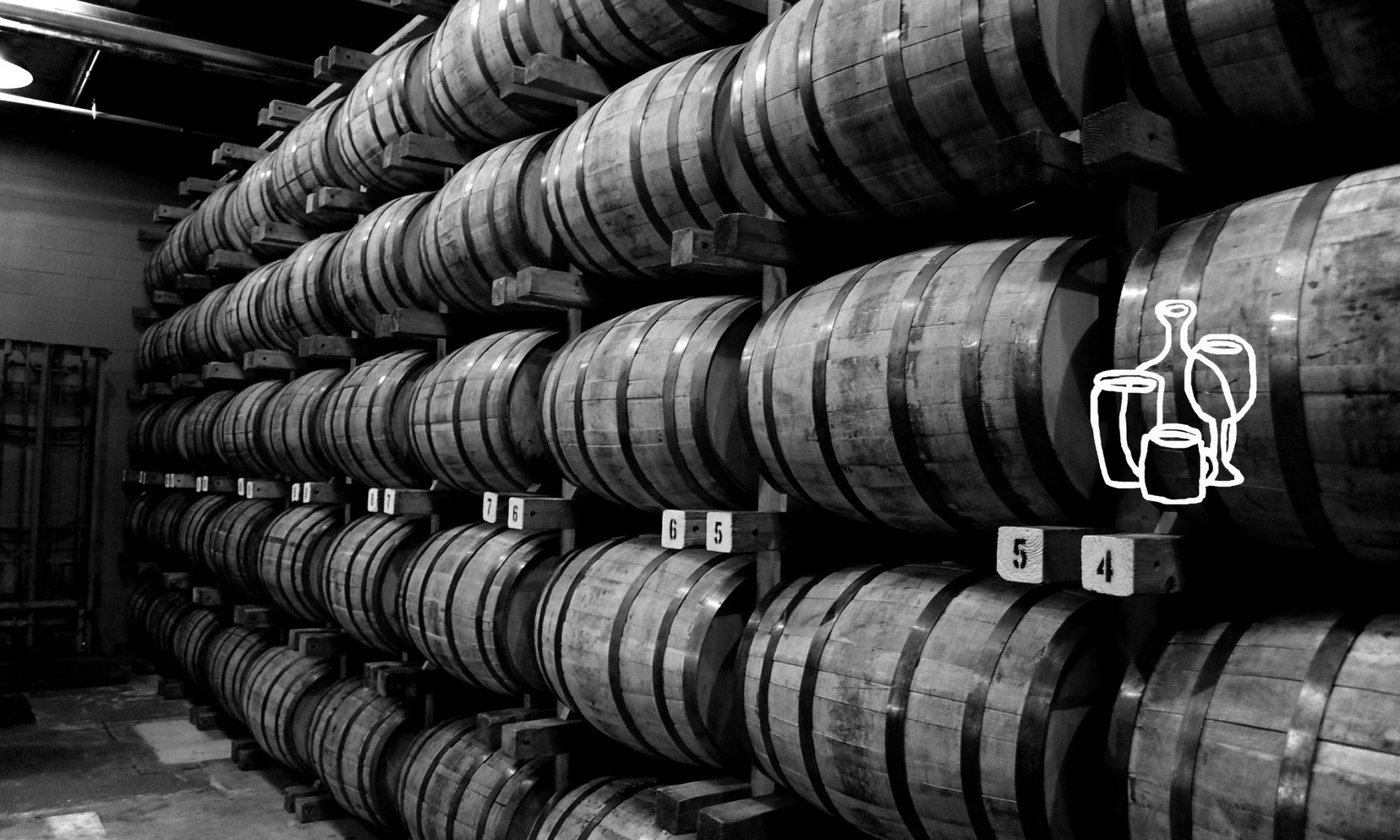
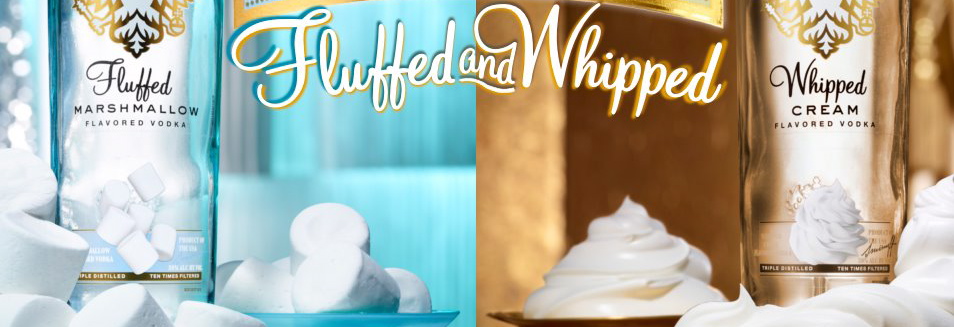
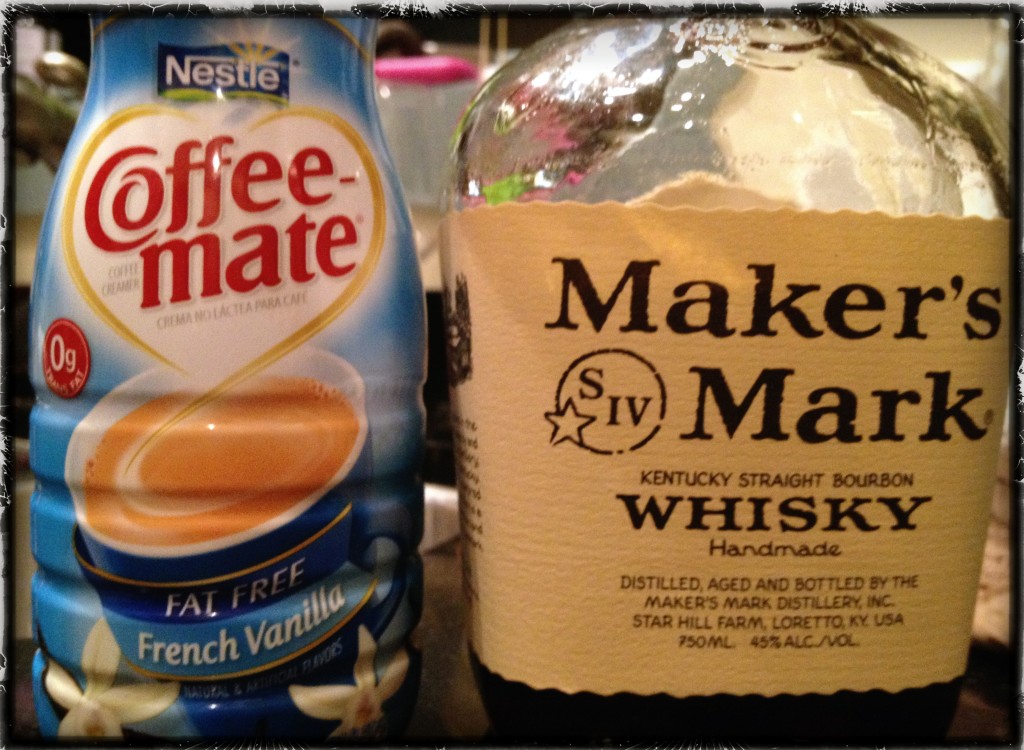
 I have something to admit. I hate big wine tasting events. Same thing for beer. I keep getting drawn into these types of events for the opportunity to try new things, to overload on whatever it is that is being poured. But I really tend to regret it afterwards, kind of the way one feels after eating too much at an all-you-can-eat buffet, shamed by participating in something that goes beyond reason, ready to perform penance for your sins (whether gluttony or greed or even envy of others).
I have something to admit. I hate big wine tasting events. Same thing for beer. I keep getting drawn into these types of events for the opportunity to try new things, to overload on whatever it is that is being poured. But I really tend to regret it afterwards, kind of the way one feels after eating too much at an all-you-can-eat buffet, shamed by participating in something that goes beyond reason, ready to perform penance for your sins (whether gluttony or greed or even envy of others).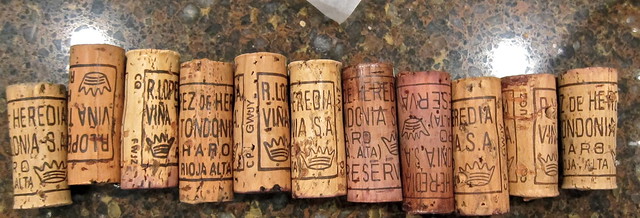

 As we began tasting, Maria pointed out a few unique aspects of tasting these wines. The whites are best served close to room temperature (slightly chilled) to allow the flavors to fully show their stuff. I’ve had them served cold before, and it definitely does the wine a disservice. She does not recommend decanting, but opening the bottle up a bit in advance will not hurt. These wines do evolve in very interesting ways over the course of an hour or two hours or even two days. Maria also shared that the wines are really made for food – yes, they are fascinating by themselves, but paired with some cheese, some meats, the enjoyment increases. (On that note, Tower’s Stacey Sondek did a nice job putting together an array of Spanish cheeses, smoked fish, prosciutto and more to accompany the wine).
As we began tasting, Maria pointed out a few unique aspects of tasting these wines. The whites are best served close to room temperature (slightly chilled) to allow the flavors to fully show their stuff. I’ve had them served cold before, and it definitely does the wine a disservice. She does not recommend decanting, but opening the bottle up a bit in advance will not hurt. These wines do evolve in very interesting ways over the course of an hour or two hours or even two days. Maria also shared that the wines are really made for food – yes, they are fascinating by themselves, but paired with some cheese, some meats, the enjoyment increases. (On that note, Tower’s Stacey Sondek did a nice job putting together an array of Spanish cheeses, smoked fish, prosciutto and more to accompany the wine). The wines tasted last night included two Lopez de Heredia whites and four reds. Very brief tasting notes are below, but the overwhelming takeaway is that these are stunning wines of complexity and character, unlike anything being made in America or anywhere else in the world really (on the red side, you’ll see some similarities to older Burgundies, but Lopez de Heredia certainly has its own very distinct terroir). Lopez de Heredia also focuses on their two primary vineyards – Tondonia and Bosconia – and contrasting the two demonstrates the degree to which the wines from nearby vineyards can diverge, even with very similar mixes of varietals in the bottle. Bosconia produces more earthy and powerful reds; Tondonia is lighter and more elegant.
The wines tasted last night included two Lopez de Heredia whites and four reds. Very brief tasting notes are below, but the overwhelming takeaway is that these are stunning wines of complexity and character, unlike anything being made in America or anywhere else in the world really (on the red side, you’ll see some similarities to older Burgundies, but Lopez de Heredia certainly has its own very distinct terroir). Lopez de Heredia also focuses on their two primary vineyards – Tondonia and Bosconia – and contrasting the two demonstrates the degree to which the wines from nearby vineyards can diverge, even with very similar mixes of varietals in the bottle. Bosconia produces more earthy and powerful reds; Tondonia is lighter and more elegant.







 While many folks obsess over which rye whiskey and which sweet vermouth make the most magical
While many folks obsess over which rye whiskey and which sweet vermouth make the most magical  I love cherries. I really do. Especially the ones you can buy on the side of the road in the heat of summer, in places where they actually grow cherry trees. There’s nothing quite like the joy of spitting out cherry seeds at sixty miles an hour as you cruise down a country highway – except maybe the joy of reaching the end of a good Manhattan and finding a perfectly delicious Maraschino cherry waiting for you at the bottom of the glass. In the name of cocktail science, I undertook a taste test of three different cherries – the classic Luxardo Maraschino, an American take on this classic by H&F Bottle Shop in Atlanta (but using Balaton cherries from Michigan), and a Southern-fried “moonshine” version from Ole Smoky Distillery in Tennessee.
I love cherries. I really do. Especially the ones you can buy on the side of the road in the heat of summer, in places where they actually grow cherry trees. There’s nothing quite like the joy of spitting out cherry seeds at sixty miles an hour as you cruise down a country highway – except maybe the joy of reaching the end of a good Manhattan and finding a perfectly delicious Maraschino cherry waiting for you at the bottom of the glass. In the name of cocktail science, I undertook a taste test of three different cherries – the classic Luxardo Maraschino, an American take on this classic by H&F Bottle Shop in Atlanta (but using Balaton cherries from Michigan), and a Southern-fried “moonshine” version from Ole Smoky Distillery in Tennessee. Let’s start with the original,
Let’s start with the original, 
